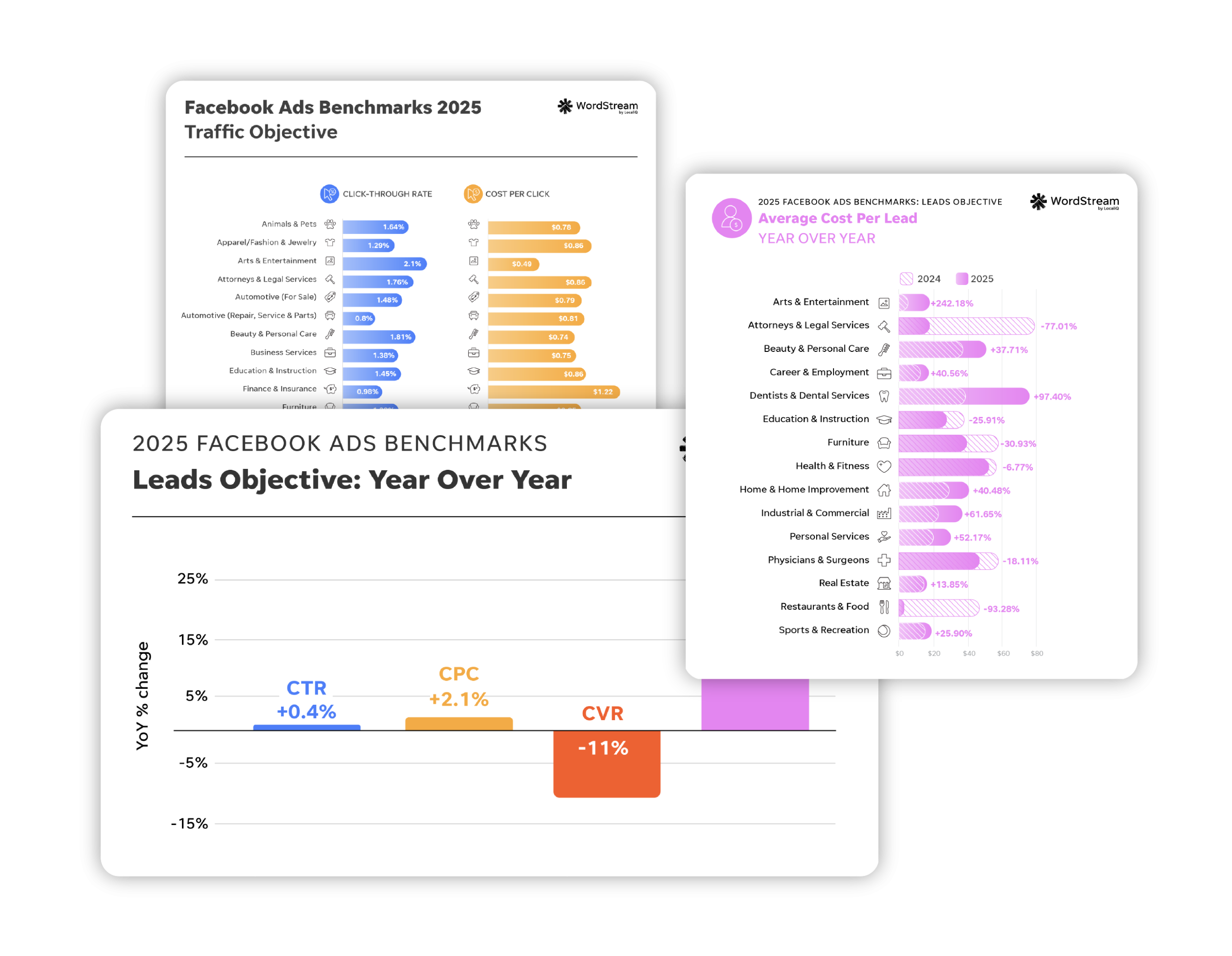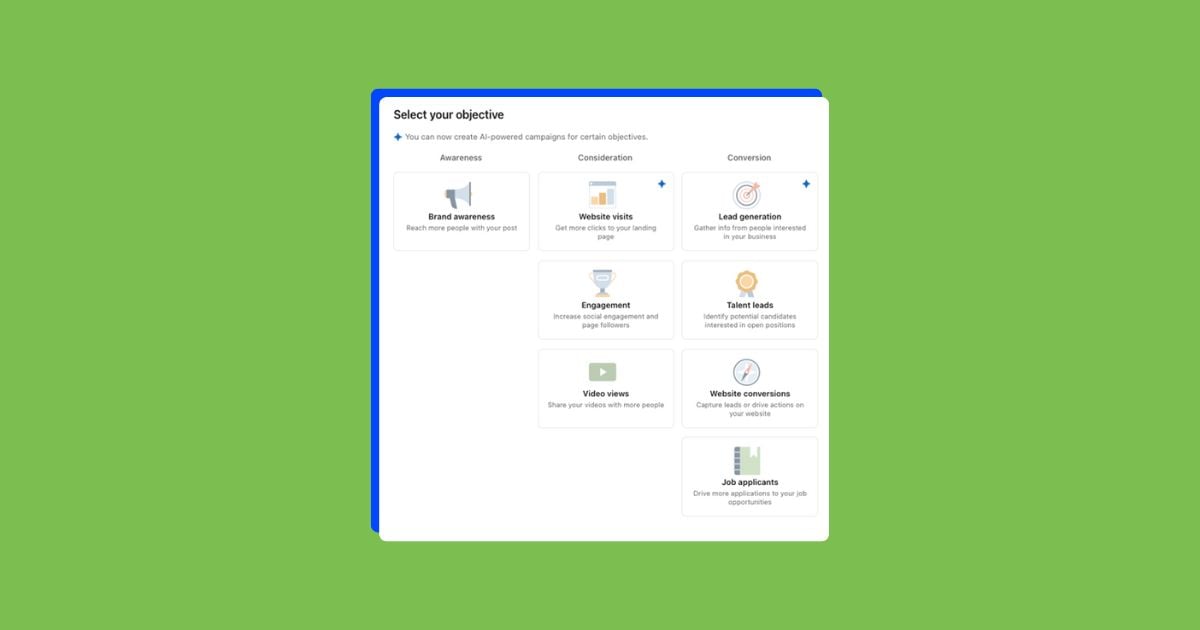Wisely, you’ve taken the dive into video marketing. Whether you’re using video to create educational content or product-focused advertisements, you’ve made the right decision. It is, after all, the year 2020; any digital marketing strategy that lacks video is incomplete.
Now that you’re in the game, it’s time for the hard part: figuring out how you’re going to increase your Facebook video views. Getting users to pay attention to your content—whether it’s paid or organic—is a daunting task. If you want to keep your prospects from scrolling directly past your videos, you need to put together some kind of plan.

Let’s kick things off with a quick refresher on Facebook ad campaigns. Then, I’ll dive into my six tips for increasing your Facebook video views this year:
- Study the competition
- Give users a reason to come back (i.e., provide value)
- Create content specifically for Facebook
- Make audio optional
- Experiment with a home video aesthetic
- Always be flexible
P.S. Don’t bounce after the sixth tip; I’ve got some examples that everyone can learn from!
Facebook video views campaigns
If you’re thinking about putting some money behind your Facebook videos—which, for the record, I wholeheartedly recommend—this refresher is for you. For those of you who are strictly interested in organic video, the tips in the next section are still applicable!
Facebook offers 11 different types of campaigns to their advertisers—video views being one of them. When you elect to run a video views campaign, you send a simple (yet important) message to Facebook’s algorithms: Getting people to watch my content is my top priority. As such, the platform will optimize the delivery of your ads in order to get your videos in front of users who are most likely to engage.
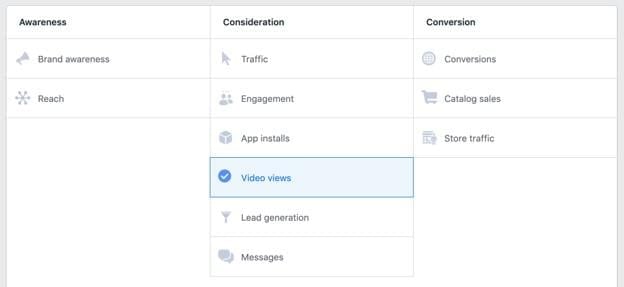
Although audience targeting and placement targeting are important considerations, I’m not going to discuss them in this post. For our purposes, what I really want to focus on is budgeting (handled at the ad set level of the campaign creation process). When building out your budget, the first thing you have to decide is what you want to optimize for. In the case of a Facebook video views campaign, you have two options:
- ThruPlay (default setting): If your video is shorter than 15 seconds, Facebook will deliver it to users who are likely to watch the whole thing. If it’s longer than 15 seconds, Facebook will deliver it to users who are likely to watch for at least 15 seconds.
- 2-Second Continuous Video Views: Facebook will deliver your video to users who are likely to watch for at least two continuous seconds.

It’s important that you think carefully about this decision—for two reasons. For one thing, it will determine Facebook’s approach to delivering your video ads (i.e., types of users, times of day, distribution across platforms, and so on). Additionally, it will determine your set of choices when it comes to deciding what you want to pay for. If you optimize for ThruPlay, the following are your payment options:
- Impression (default setting): Pay every time your video ad is delivered to a user.
- ThruPlay: Pay every time your video ad is played to completion (if shorter than 15 seconds) or played for longer than 15 seconds.
If you choose 2-Second Continuous Video Views, the following are your payment options:
- Impression (default setting): Pay every time your video ad is delivered to a user.
- 2-Second Continuous Video View: Pay every time your video ad is played for at least two continuous seconds.
Whether you pay for each impression or optimization event depends on your broader goals. Just keep in mind that impressions are cheaper because they’re (generally) less valuable.
6 ways to get more Facebook video views this year
Got your campaign settings ironed out? Awesome. Let’s discuss six tactics you can use to get more Facebook video views this year.
1. Study the competition
March 2019: Facebook sunsets the opaque metric known as relevance score—essentially a more confusing version of Google’s Quality Score—in favor of three new replacements, one of them being quality ranking. As you might infer from the name, quality ranking measures the quality of your ad in comparison to the others competing for the same audience.
I repeat: in comparison to the others competing for the same audience.
If you earn a high-quality ranking, you’re rewarded in two ways: (1) your ad gets delivered more frequently and more favorably than your competitors’ ads, and (2) you get discounted prices for impressions and optimization events. To put it in terms of a video views campaign, earning a high-quality ranking means more video views at lower prices.
You know who your competitors are. Do some research. Find out what they’re doing with their video ads. Then, do it better. Just make sure you don’t plagiarize. (Duh.)
2. Give users a reason to come back (i.e., provide value)
May 2019: Facebook announces an update to their video ranking algorithm that explicitly increases the influence of three key factors, one of them being loyalty. To use their words:
“Intent and repeat viewership are important factors we consider when surfacing videos to people in News Feed. Going forward, we will add more weight in ranking to videos that people seek out and return to week after week.”
Users watching your content regularly, users searching for your content regularly, users going out of their way to like and share your content regularly—these are things Facebook looks for in order to determine how loyal your viewers are. The math is simple: The more loyal your viewers are, the higher your organic video content will rank; the higher your organic video content ranks, the more video views you’ll accumulate.
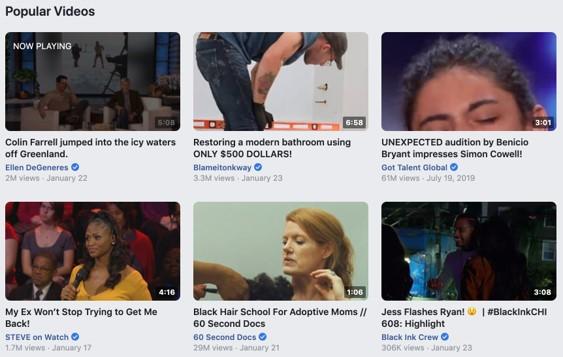
Facebook Watch is the platform’s hub for video content.
Earning the loyalty of users is imperative to your video marketing success. Fortunately, the key to earning loyalty can be boiled down to just two words: provide value. If Facebook users walk away from your videos having gained something positive, the likelihood of them coming back increases exponentially. Accordingly, you need to ask yourself a question: How can I give my viewers something valuable? If you’re marketing an auto shop, you could provide value in the form of basic maintenance tips. If you’re marketing a college or university, you could provide value in the form of alumni testimonials. And if you’re marketing a bakery, you could provide value in the form of simple recipe videos.
Think about the value your business provides in general. Then, translate that into video.
3. Create content specifically for Facebook
In that same blog post about video ranking algorithm factors, Facebook also emphasized the importance of originality. Now more than ever before, the social platform is committed to “limiting the distribution” of unoriginal or repurposed content. If the full extent of your video marketing strategy is to (1) produce YouTube videos and (2) recycle them as Facebook videos, you’re not going to see the results you’re looking for.
In other words: If you really want to rack up Facebook video views, you need to create fresh content that’s made specifically for Facebook. You need a Facebook video marketing strategy. It’s an approach that requires extra effort, but there’s no doubt that it’s worthwhile.
Creating fresh content specifically for Facebook isn’t solely about appeasing the video ranking algorithm; it’s also about delivering the best videos possible according to audience demand. I know it can seem as if everyone with a smartphone is active on every platform under the sun, but that’s simply not the case. Some of the folks who watch your YouTube videos are entirely uninterested in consuming your content on Facebook—and vice versa.
To put it differently: The audience you’re reaching on Facebook is unique. It follows, then, that the video content you produce for them should also be unique. Otherwise, you’ll miss endless opportunities to drive engagement and increase your video views.
My suggestion? A simple survey. Ask your Facebook followers to describe the video content they like to see on the platform. Then, try your best to make it!
4. Make audio optional
85% of Facebook videos are watched without sound. In part, that’s due to the fact that Facebook mutes videos by default. More impactful, however, is the fact that users are often scrolling through their News Feeds in settings where audio would be disruptive—the back of a lecture hall, the waiting room of an eye doctor, and so on.
In order to reach the widest possible audience—in order to consistently maximize your Facebook video views—it’s essential that your content is comprehensible without sound. Whether you’re providing basic car maintenance tips or demonstrating a product, viewers should have no problem understanding the message you want to communicate. If someone in a waiting room watches the first couple seconds of your video and realizes it’s incomprehensible without sound, they’re simply going to keep on scrolling.
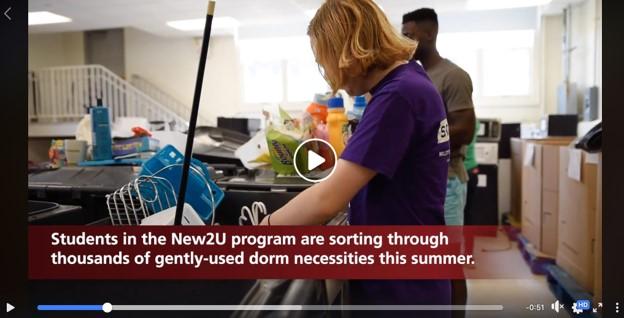
Subtitles are practically a must.
If you want to challenge yourself, you can try to tell stories that are easily understandable with nothing but visual images. If you want to take the safer (and probably smarter) route, subtitles are your new best friend.
P.S: If you’re a WordStream Advisor user in need of some more clips to help with your video ad, take advantage of our Shutterstock integration to and choose from thousands of high-quality video clips.
5. Experiment with a home video aesthetic
Producing videos that are incomprehensible without sound isn’t the only way to lose potential viewers. As some of you may have learned the hard way, many Facebook users are skeptical of content that comes across too … promotional. Although there’s no doubt that a growing number of people like to shop on social media, you must always keep in mind that Facebook is primarily a place for users to connect with friends and consume content.
What I’m trying to say is that banner blindness is not limited to traditional display ads. Just because Facebook users are scrolling through a News Feed rather than a blog post doesn’t mean they’re any less capable of identifying promotional content and moving directly past it.
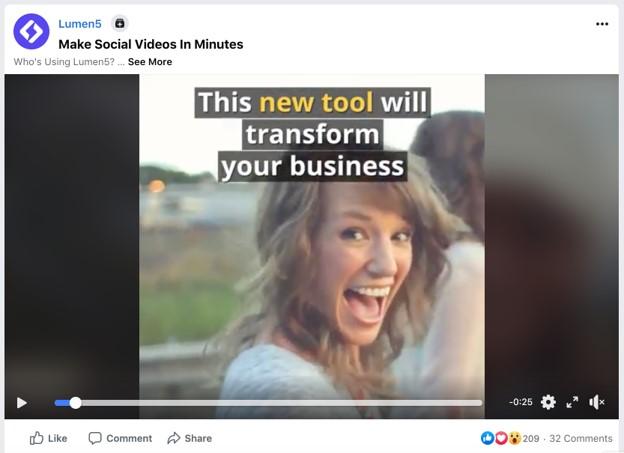
Most users would spot this as an ad in a heartbeat.
In some cases, I think the most effective way to increase your Facebook video views is to experiment with a home video aesthetic—i.e., to create videos that require little-to-no budget. Why? Because ordinary people—those who aren’t using Facebook for marketing purposes—are constantly publishing videos that require little to no budget. When you’re scrolling through your News Feed, nothing stands out about a video that appears to have been recorded with a handheld smartphone. And although it seems counterintuitive, creating videos that don’t stand out is often the most effective strategy.
Try to create content that feels native to the Facebook platform; try to be (somewhat) casual. If you can do that, your chances of being perceived as overly promotional will drop dramatically.
6. Always be flexible
What works today isn’t necessarily going to work tomorrow. More specifically, what garners Facebook video views today isn’t necessarily going to garner Facebook video views tomorrow. As such, the longevity of your success depends heavily on your ability to adjust. No matter what, you have to be willing to evaluate your content’s performance and pivot in a new direction.
Enter Creator Studio—Facebook’s free, easy-to-use platform that allows you to upload and evaluate all your video content from one convenient place. As long as you have administrative access to a Facebook page, Creator Studio is yours to explore.
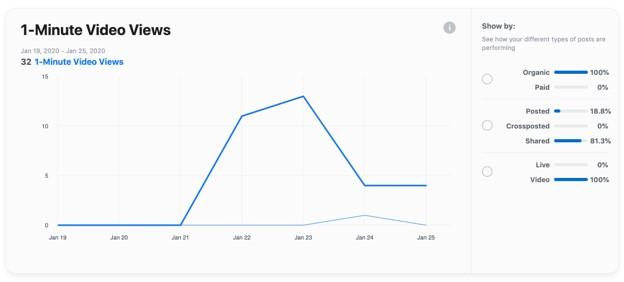
As you’re exploring, you’ll find that the left-hand menu includes a tab labeled Insights. Clicking that tab will open up a drop-down menu, and from there you can navigate to Performance. The Performance page is where you’ll find all kinds of helpful data: total minutes viewed, one-minute video views, three-second video views, engagements, net followers, and so on. Scroll down the page a bit and you’ll see a list of your individual posts titled Top Videos. As you can imagine, the list organizes your library of content from best performing to worst performing. Clicking on an individual post opens up an advanced analytics window—a place to evaluate everything from average watch time to audience retention.
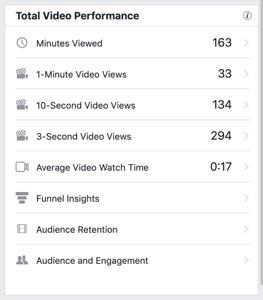
I share all of that to say this: Use Creator Studio to your advantage. Investigate your best and worst posts to find out what works and what doesn’t. Your flexibility will be rewarded with improved performance over time; among other things, that means more video views.
3 examples to help you earn more video views
Before we go our separate ways, let’s take a look at three real-world examples of (what I consider to be) effective Facebook videos.
1. HellthyJunkFood

This example from HellthyJunkFood—an unconventional web-based cooking show hosted by J.P. Lambiase and Julia Goolia (a real name, believe it or not)—checks two major boxes: It’s easy to enjoy without audio and it provides clear value to its viewers. Thanks to the duo’s sparing use of subtitles, you don’t need to hear what they’re saying in order to understand what’s going on. Plus, everyone who watches the video walks away with a much better idea of how to make homemade donuts. Talk about value!
2. Sebastian Robeck
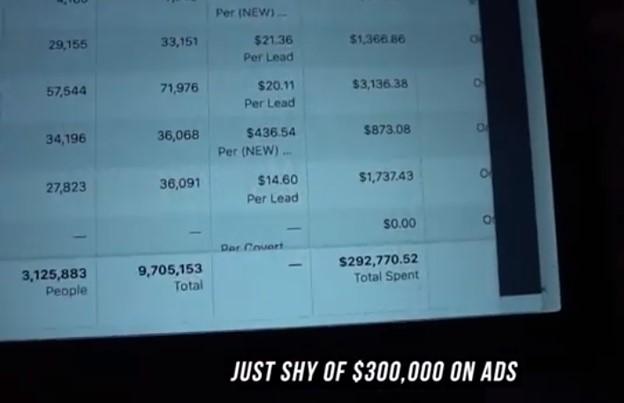
This is an ad from Sebastian Robeck, a digital marketer who helps agencies grow their client bases. With this simple promo for his free training, he’s managed to check four of my boxes: It’s easy to understand without audio, it’s made specifically for Facebook, it provides clear value to its viewers, AND it uses a home video aesthetic. Once again, subtitles eliminate the need for audio. Because it’s made specifically for Facebook, Robeck is able to speak to a very defined audience. Value comes in the form of free knowledge, and the casual aesthetic allows the video to blend seamlessly into users’ News Feeds.
3. University of Massachusetts Amherst

Finally, we have an example from my beloved alma mater, the University of Massachusetts Amherst. This 60-second video is a funny, effective promo for New2U, the university’s annual end-of-summer sale that allows returning students to stock up on used dorm room essentials for incredibly good prices. Like our two previous examples, it checks multiple boxes: It’s easy to understand without audio, it’s made specifically for Facebook, AND it provides clear value to its viewers. At this point, the utility of subtitles is abundantly clear. Like Sebastian Robeck, the marketers at UMass understand the power of content that’s tailor-made for a specific audience. And of course, value comes in the form of discounted dorm room essentials. If this were your first exposure to the university’s Facebook page, it’d give you a strong incentive to come back for more content: This is the place to find out about can’t-miss events!

